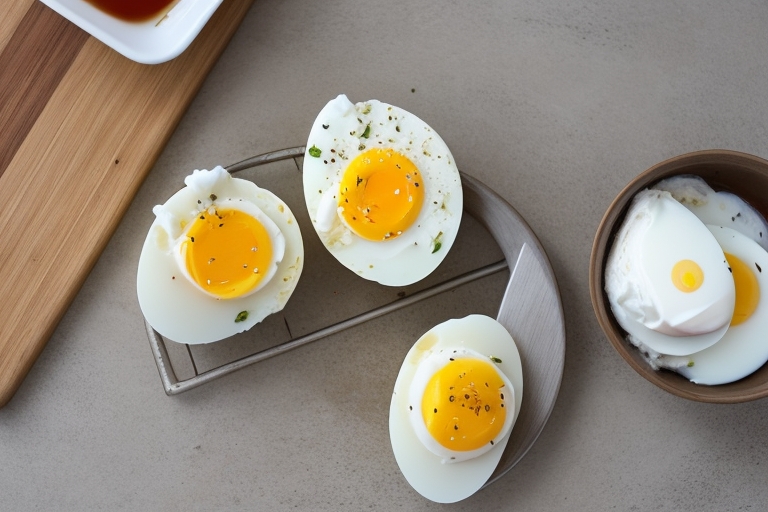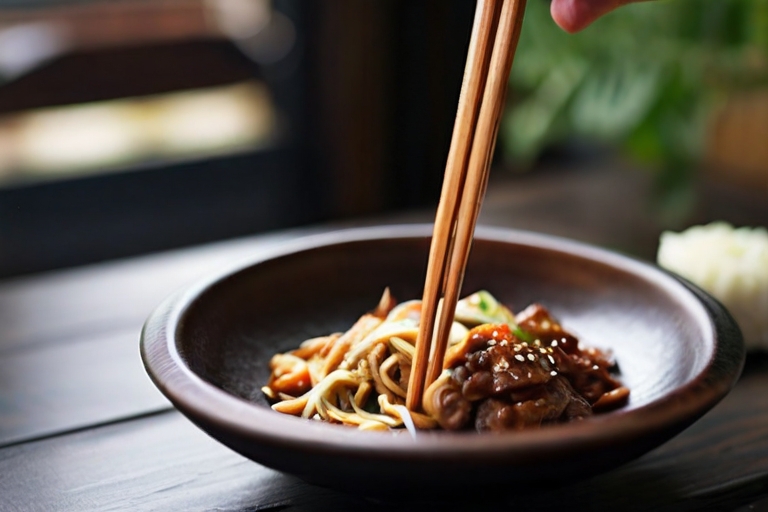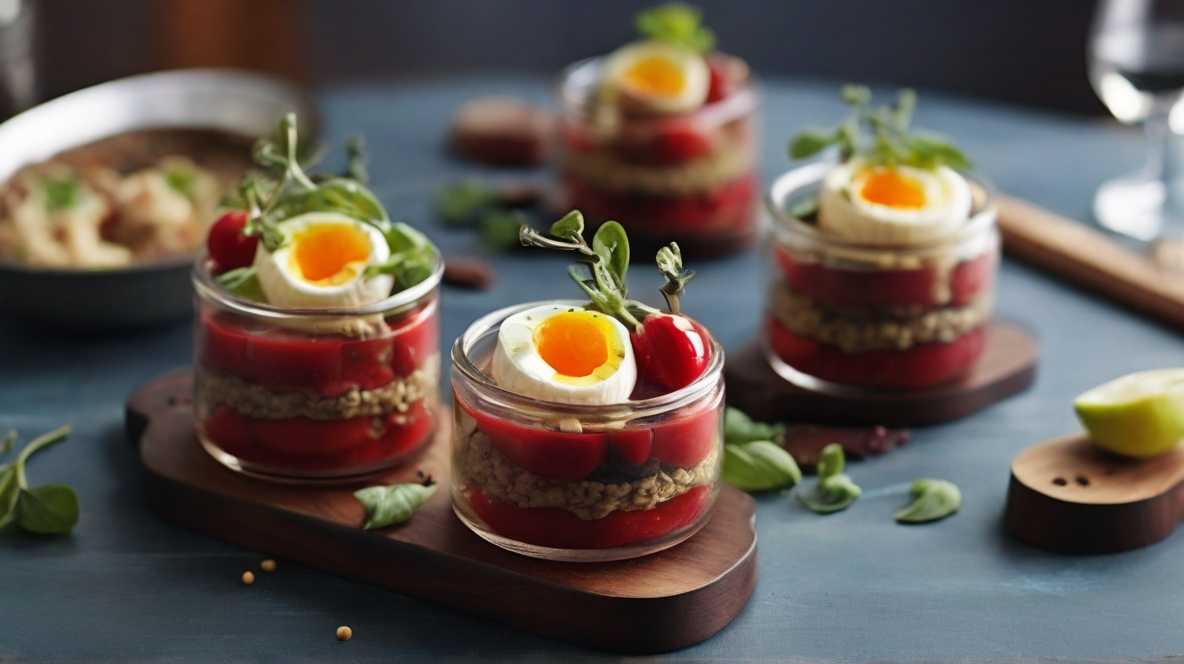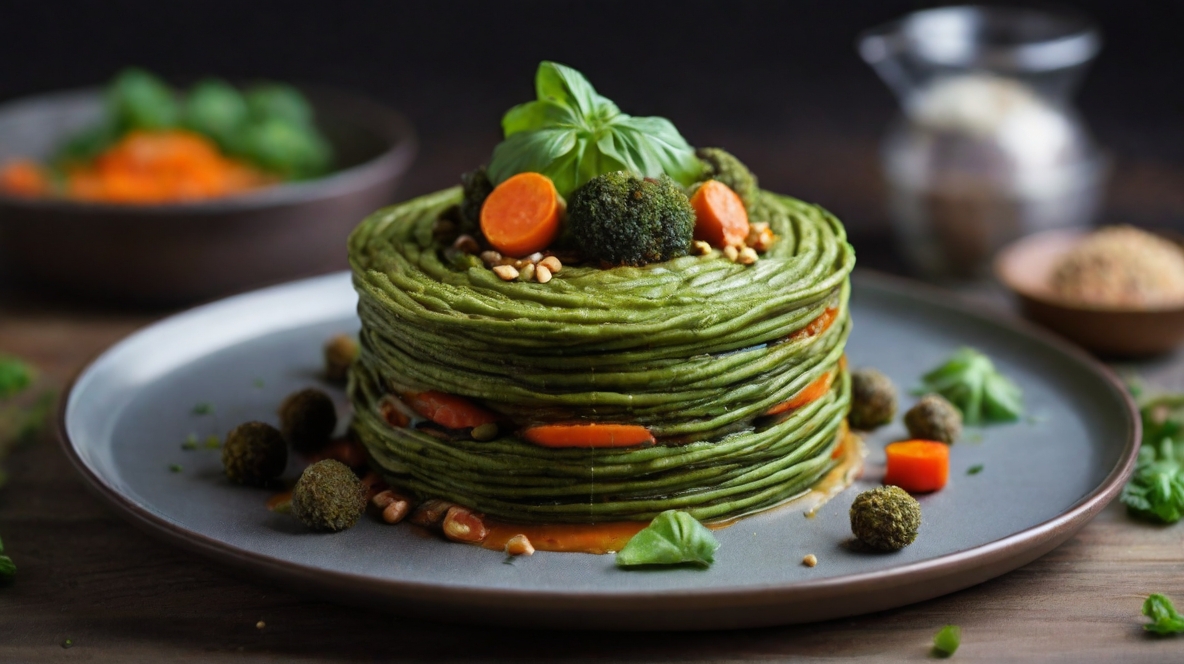Mastering the art of boiling eggs seems like a home cook’s rite of passage. Looking for boil eggs recipe? Such a seemingly simple task can be surprisingly nuanced, requiring the perfect balance of timing, temperatures, and techniques. If you’ve ever peeled into an egg to find a chalky yolk or one that’s drier than the Sahara, you’ll appreciate the value of getting it just right. In this comprehensive guide, we’ll walk you through everything you need to know about boiling eggs like a pro – tender where it needs to be, and set just right where you want it.
Eggs 101: Understanding the Basics
Howto Boil Eggs? Before we move on to the boiling, it’s important to lay down some egg fundamentals. Eggs come in different varieties – from chicken and quail to ostrich – each with its unique flavor, nutrient profile, and, yes, boiling techniques. Chicken eggs, the most common type, can be further categorized by their size and color, but the crucial distinction in boil eggs in the freshness and shell thickness, which can vary depending on how the eggs are sourced.
Freshness Is Key
For the perfect boiled egg, you’ll want the freshest eggs possible. Fresh eggs hold their shape when you boil them, resulting in a more presentable final product. How can you tell if an egg is fresh? Submerge it in a bowl of water – if it lies on its side at the bottom, it’s fresh; if it stands upright or floats, it’s not.
Shell Thickness and Age
Older, more mature eggs are easier to peel. But the ideal boil eggs is neither too young nor too old; it’s in that sweet spot where you get a firm (but not tough) egg white and a creamy, custardy yolk.
The Soft-Boiled Egg: The Breakfast Classic
A soft-boiled egg is the perfect accompaniment to toast, and its delicate texture makes it a pleasure to eat. Achieving that golden, runny yolk requires precision.
Preparing the Soft-Boiled Egg
For a soft-boiled egg with a white that’s set but not rubbery and a warm, gooey yolk, you’ll need to submerge your room-temperature eggs in a pot of boiling water and cook them for exactly 4 minutes. This timing works best for large eggs; scale up or down slightly for different sizes.
Perfecting the Peel
To peel a soft-boiled egg, gently tap it all over to crack the shell, then start peeling from the large end where the air pocket is. The shell should slide off easily, revealing the tender white and liquid gold yolk within.
The Hard-Boiled Egg: A Versatile Taste Sensation
The hard-boiled egg is the stalwart of picnics, lunchboxes, and a world of recipes. Its yolk, while firm and crumbly, should retain a touch of tenderness.
How Long Do You Boil Hard Boiled Eggs.
Place room-temperature eggs in a single layer in a pot and cover with cold water. Bring the water to a rolling boil, then cover the pot and remove it from the heat. Allow the eggs to sit for 9-12 minutes, depending on the size of the eggs.
The Peeling Predicament
Peeling hard-boiled eggs can sometimes be a chore, with the white stubbornly sticking to the shell. To make peeling easier, shock the eggs in an ice water bath immediately after cooking.
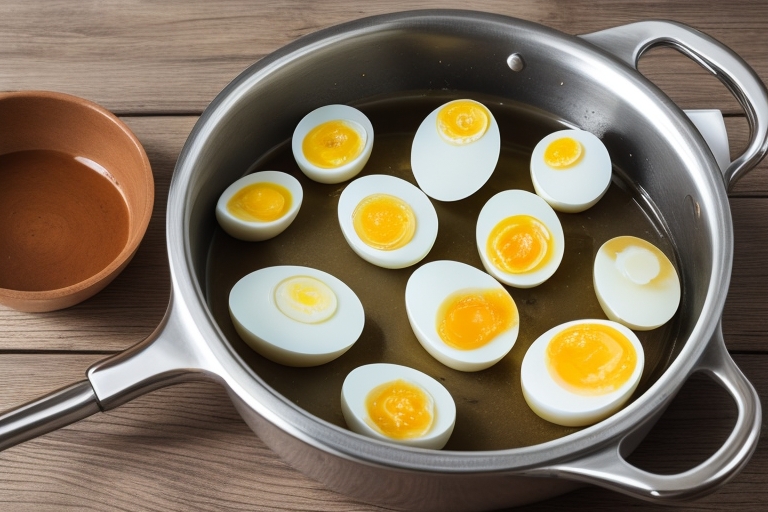
The Medium-Boiled Egg: The Lesser-Known Middle Ground
With a firmer, creamier yolk than a soft-boiled egg and less crumble than a hard-boiled egg, the medium-boiled egg is an excellent compromise for those who can’t decide.
Timing for a Medium-Boiled Egg
To achieve a medium-boiled egg, follow the same steps as for a hard-boiled egg, but cut the cooking time down slightly. 6-7 minutes after the water reaches a boil should give you the perfect balance.
Peeling a Medium-Boiled Egg
Medium-boiled eggs can be a little trickier to peel than their hard-boiled counterparts. Use the same ice water bath method to help the shells come off more easily.
Tips for Perfect Boil Eggs
Now that you know how to cook the various types of boiled eggs, it’s time to fine-tune your technique to ensure each egg turns out flawlessly every time.
Water Temperature and Timing
Start with room-temperature eggs; they’re less likely to crack when you place them in boiling water. The right water temperature and cooking time are crucial. Boil for too long, and you’ll overcook the yolk; too short, and you’ll have underdone whites. Aim for a gentle, consistent boil and use a timer.
The Ice Water Trick
For all boiled eggs, a quick plunge into ice water after cooking will contract the egg, making it easier to peel. This step is key, especially for hard-boiled and medium-boiled eggs.
Recipes and Serving Ideas
Eggs are incredibly versatile and can be star players in a multitude of recipes. Here are some classic dishes that showcase the boiled egg in all its glory:
Egg Salad
Mash up some hard-boiled eggs with mayonnaise, mustard, and your favorite seasonings for a simple and satisfying sandwich filler or cracker topper.
Deviled Eggs
Halve hard-boiled eggs, mix the yolks with a spicy filling, and pipe it back into the whites. This retro appetizer is always a hit at parties.
Egg Mayo Sandwich
Ideal for a quick lunch, this sandwich combines the creaminess of hard-boiled eggs with the tang of mayonnaise, all served between two slices of your favorite bread.
English Breakfast
Look Here to see how?
Other Methods For Boiling Eggs
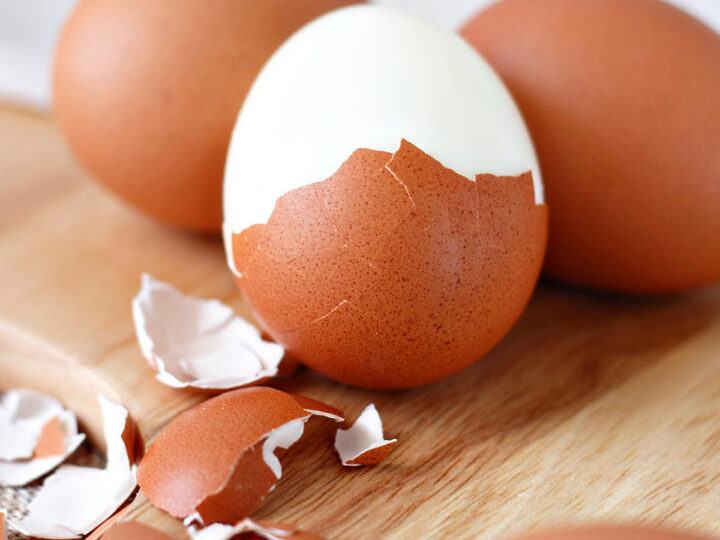
Quick and Easy: How To Boil Eggs in the Microwave
Boiling eggs in the microwave is a convenient and quick method for preparing this versatile ingredient. To start, place the desired number of eggs in a microwave-safe bowl or mug. Add enough water to cover the eggs completely, ensuring they are fully submerged. For soft-boiled eggs, microwave on high power for approximately 4-5 minutes, depending on your microwave’s wattage and desired consistency. For hard-boiled eggs, increase the cooking time to 7-8 minutes.
It’s essential to puncture each egg with a pin or fork before microwaving to prevent them from exploding due to steam buildup. Once the eggs are cooked to your liking, carefully remove them from the microwave using oven mitts or a kitchen towel, as they will be hot. Transfer the eggs to a bowl of cold water to stop the cooking process and make them easier to peel. After a few minutes, peel the eggs under cool running water and enjoy them as a delicious and nutritious snack, or use them in your favorite recipes. Remember to always exercise caution when handling hot items from the microwave to avoid burns or injuries.
You can try Egg cookers. They are not expensive and can save you some efford if you wish.
Conclusion
Best way to boil eggs? You decide. Boiling an egg should no longer be cause for anxiety. With the tips and techniques provided, you now have the tools to boil eggs to perfection, every time. Remember, practice makes perfect, so don’t be afraid to experiment and find the timing that suits your taste. Now go forth and boil eggs easy peel!





